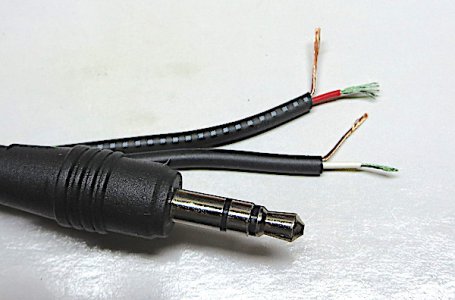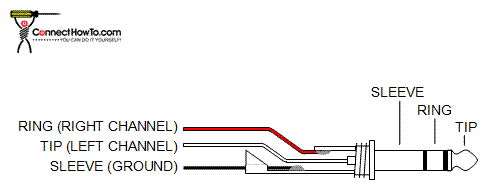- Joined
- Feb 7, 2013
- Messages
- 2,486
Franko,
I refer to flux as radio flux as opposed to a flux that would contain zinc chloride(corrosive) which generally used for galvanized materials and such.
Kester is a well known brand in fluxes used in radio work. There are two kinds that I use routinely on electronics. One is Kester 186
which contains rosin and the other is Kester 961E which does not. I have had good luck with both depending on the application.
Hopefully this clears up any confusion on the subject.
I refer to flux as radio flux as opposed to a flux that would contain zinc chloride(corrosive) which generally used for galvanized materials and such.
Kester is a well known brand in fluxes used in radio work. There are two kinds that I use routinely on electronics. One is Kester 186
which contains rosin and the other is Kester 961E which does not. I have had good luck with both depending on the application.
Hopefully this clears up any confusion on the subject.



